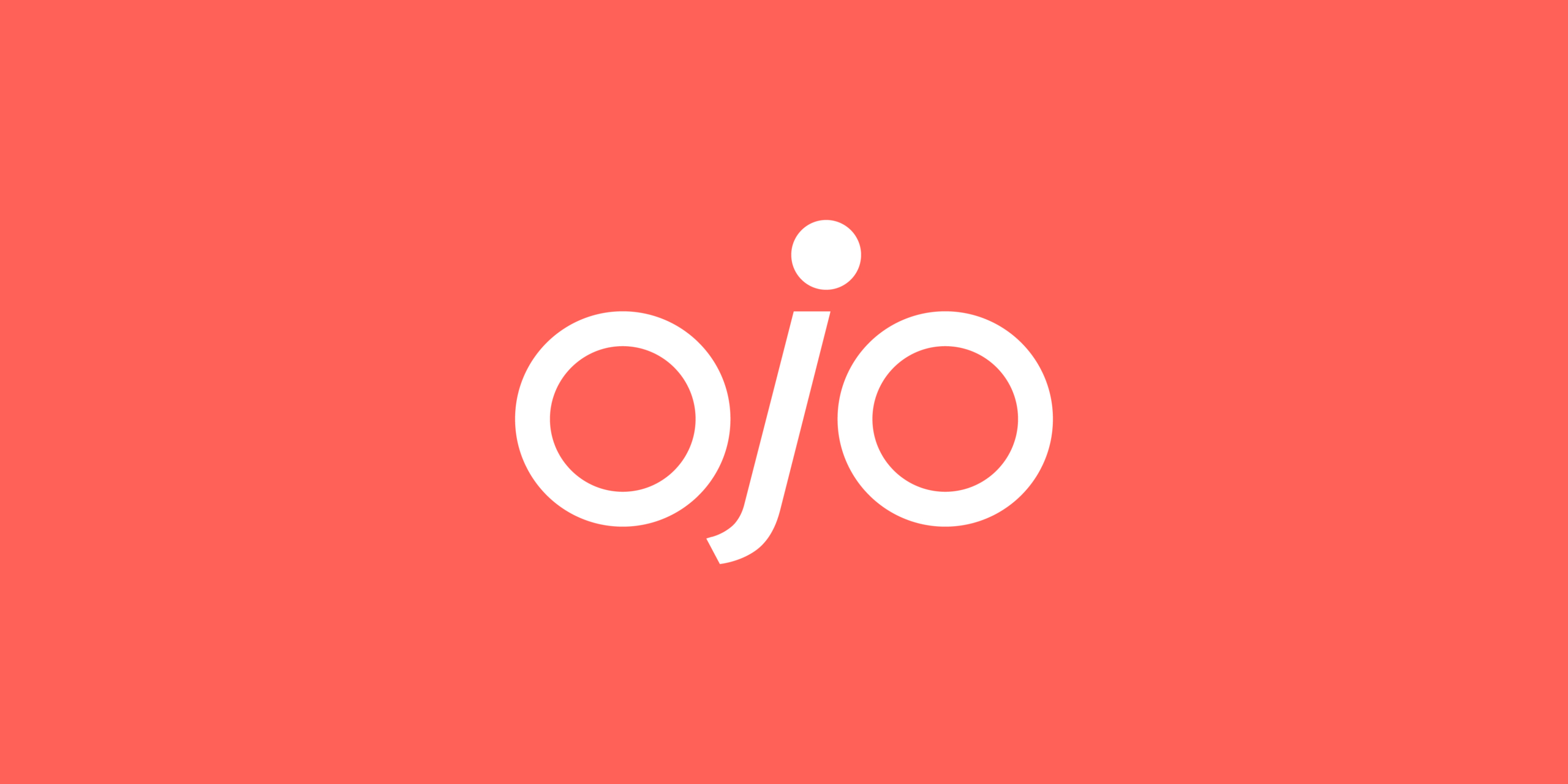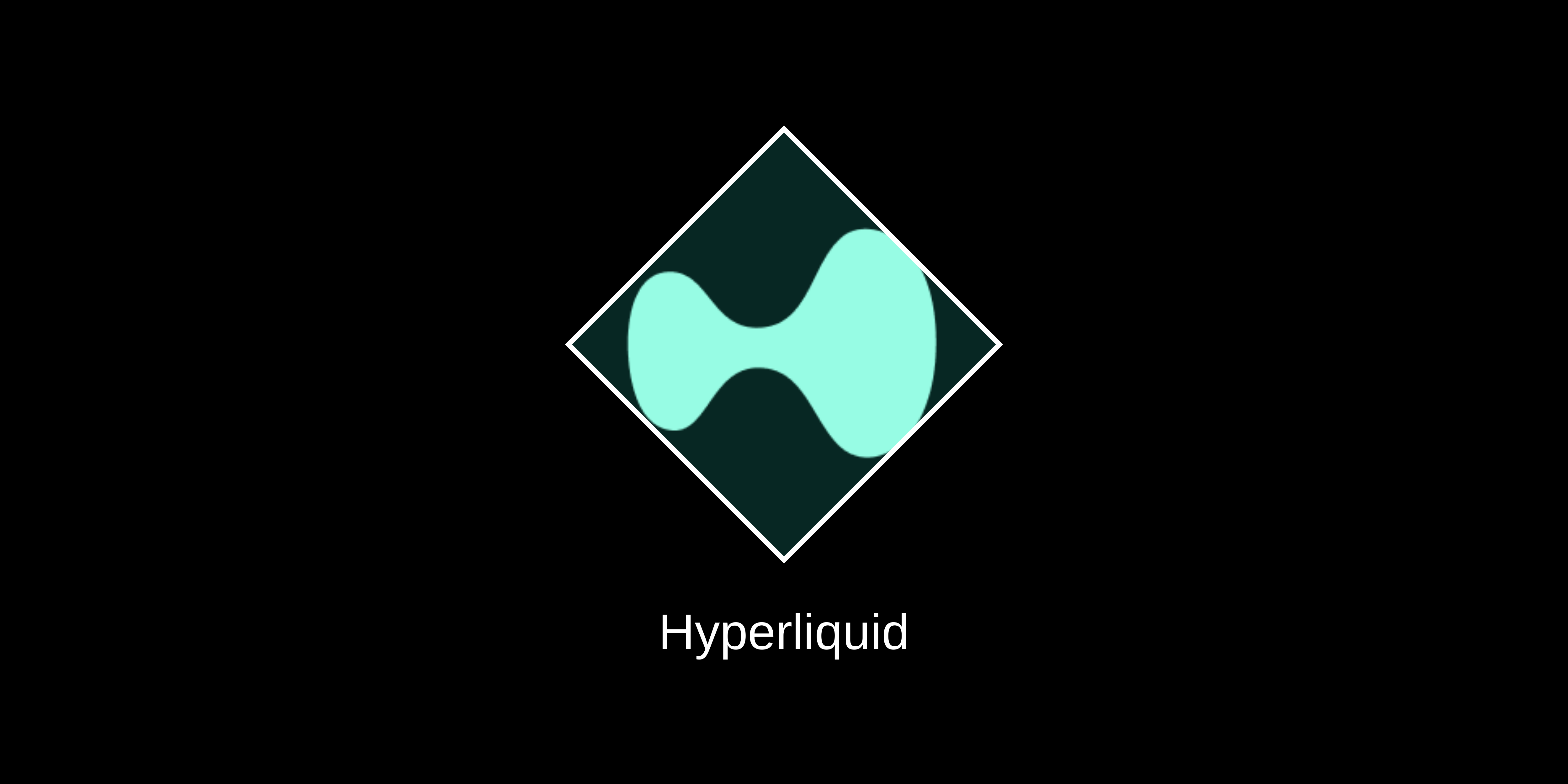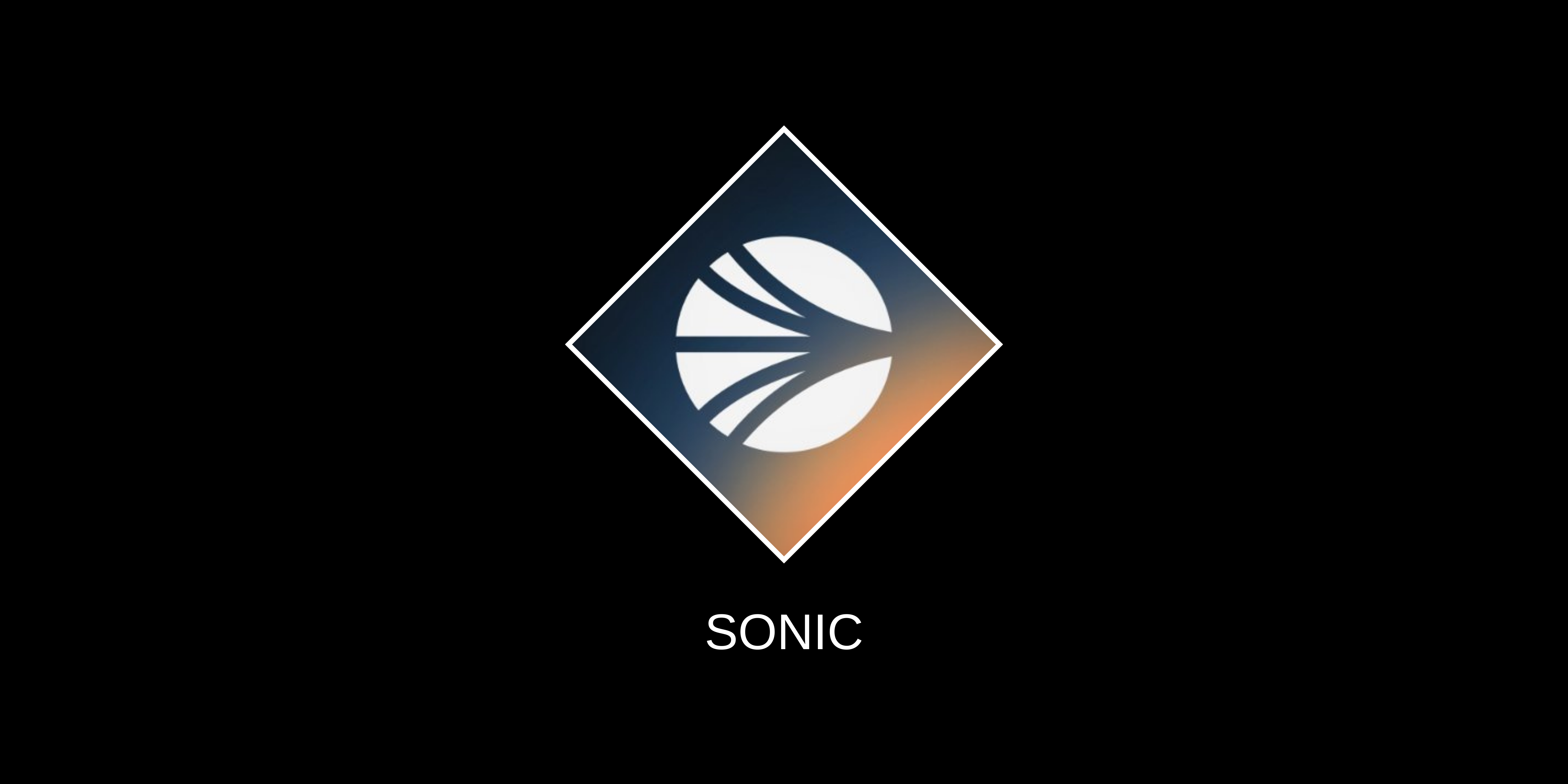Introduction
OJO emerges as a decentralized price oracle that has been ingeniously developed to bolster various crypto assets across the Interchain. This initiative marks a significant stride towards fostering secure and efficient interchain communication, ensuring precise price data from centralized and decentralized sources. Its design focuses on delivering this critical data integrity and accuracy essential for the blockchain ecosystem’s diverse applications.
Innovation
At the core of OJO’s innovative prowess is the “Smart Oracle,” a feature adept at deterring market manipulation. This oracle leverages advanced security protocols and cryptographic proofs, coupled with an off-chain commit-reveal schema, setting a new benchmark for reliability and trustworthiness in on-chain data provision. OJO’s dedication to supporting an all-encompassing range of crypto assets showcases its commitment to innovation and its role in enhancing interchain communication.
Architecture
OJO’s architecture is a testament to its versatility and robustness, with compatibility across IBC, EVM, and MoveVM blockchains, predominantly focusing on the Cosmos ecosystem. This wide-ranging support is facilitated by integrating Stargate IBC Queries for chains built using the Cosmos SDK, leveraging the Ojo IBC module and the Hermes tool for seamless Oracle data relaying. The architecture’s foundation lies in its distributed network of validators operating under a Proof of Stake model, which aligns financial incentives with accurate price feeds, thereby ensuring resilience against manipulations and malfunctions.
OJO Code Quality
The code quality of OJO is commendably high, reflecting a meticulous development process. The project benefits from a development team composed of individuals with intermediate to advanced expertise, underscoring a commitment to maintaining and enhancing code standards. This foundation of high-quality code is crucial for the project’s longevity and ability to adapt and integrate new features and improvements over time.
Product Roadmap
OJO’s product roadmap is ambitious yet focused, with the initial aim of establishing the Interchain Ecosystem’s most accurate and reliable price feeds. Beyond price data, OJO intends to broaden its offerings to include a variety of data feeds tailored to meet the specific needs of developers and projects within the ecosystem. The project’s evolution from Umee’s native price feeder to a sovereign chain optimized for data feed quality underscores its trajectory toward becoming the first modular oracle in collaboration with Celestia and Axelar.
Usability
The usability of OJO is enhanced by its seamless integration capabilities with various blockchain ecosystems, making it a highly accessible and invaluable tool for developers. Its support for IBC, EVM, and MoveVM blockchains ensures that many projects can easily incorporate OJO’s price feeds into their operations, fostering greater adoption and utility across the Interchain.
Team
The team behind OJO comprises developers with a solid intermediate background, indicating a balanced mix of experience and innovative drive. This composition suggests a capable group dedicated to advancing the project’s objectives while navigating the complex landscape of blockchain development and interchain communication.
Conclusion
OJO stands out as a pioneering decentralized price oracle within the Interchain, set apart by its innovative Smart Oracle feature, robust architecture, and the high quality of its code. Its comprehensive approach to delivering accurate and reliable price data across a broad spectrum of crypto assets positions it as a critical player in the blockchain ecosystem. With a clear product roadmap and a competent development team, OJO is poised for significant impact, driving the interoperability and functionality of decentralized finance and beyond. The project’s success will undoubtedly hinge on its continued innovation, the expansion of its data feed offerings, and the strengthening of its ecosystem partnerships.
| Initial Screening | |||
| Keep researching | |||
| Does this project need to use blockchain technology? | Yes | ||
| Can this project be realized? | Yes | ||
| Is there a viable use case for this project? | Yes | ||
| Is the project protected from commonly known attacks? | Yes | ||
| Are there no careless errors in the whitepaper? | Yes | ||
| Project Technology Score | |||
| Description | Scorecard | ||
| Innovation (Out Of 11) | 9 | ||
| How have similar projects performed? | Good | 2 | |
| Are there too many innovations? | Regular | 2 | |
| Percentage of crypto users that will use the project? | 6% – 10% | 3 | |
| Is the project unique? | Yes | 2 | |
| Architecture (Out of 12) | 11 | ||
| Overall feeling after reading whitepaper? | Good | 2 | |
| Resistance to possible attacks? | Good | 2 | |
| Complexity of the architecture? | Not too complex | 2 | |
| Time taken to understand the architecture? | 20 – 50 min | 1 | |
| Overall feeling about the architecture after deeper research? | Good | 4 | |
| Has the project been hacked ? | No | 0 | |
| Code Quality (out of 15) | 14 | ||
| Is the project open source? | Yes | 2 | |
| Does the project use good code like C,C++, Rust, Erlang, Ruby, etc? | Yes | 2 | |
| Could the project use better programming languages? | No | 0 | |
| Github number of lines? | More than 10K | 1 | |
| Github commits per month? | More than 10 | 2 | |
| What is the quality of the code? | Good | 2 | |
| How well is the code commented? | Outstanding | 2 | |
| Overall quality of the test coverage? | Outstanding | 2 | |
| Overall quality of the maintainability index? | Outstanding | 1 | |
| When Mainnet (out of 5) | 5 | ||
| When does the mainnet come out? | Mainnet Ready | 5 | |
| Usability for Infrastructure Projects (out of 5) | 5 | ||
| Is it easy to use for the end customer? | Yes | 5 | |
| Team (out of 7) | 5 | ||
| Number of active developers? | 3+ | 1 | |
| Developers average Git Background? | Intermediate | 1 | |
| Developers coding style? | Outstanding | 3 | |
| Total Score (out of 55) | 49 | ||
| Percentage Score | |||
| Innovation | 16.36% | ||
| Architecture | 20.00% | ||
| Code Quality | 25.45% | ||
| Mainnet | 9.09% | ||
| Usability | 9.09% | ||
| Team | 9.09% | ||
| Total | 89.09% |





